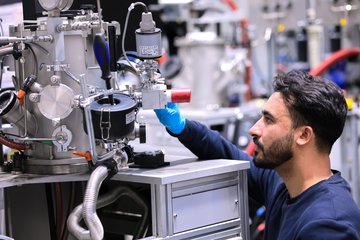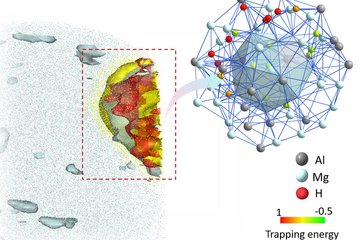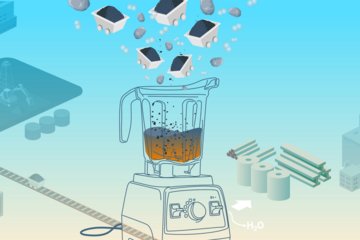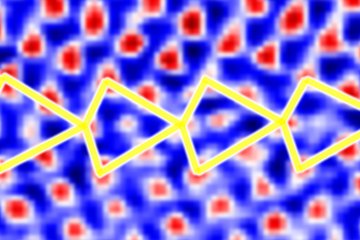Interactions between hydrogen and scratch-induced deformation in pearlite
In this project, the effects of scratch-induced deformation on the hydrogen embrittlement susceptibility in pearlite is investigated by in-situ nanoscratch test during hydrogen charging, and atomic scale characterization. This project aims at revealing the interaction mechanism between hydrogen and scratch-induced deformation in pearlite.
Hydrogen is considered a clean, efficient and environmentally sustainable energy carrier which is crucial for shaping the net-zero future. However, Hydrogen-induced degradation presents a major challenge to the materials and infrastructure used in hydrogen energy applications. Surface scratches and wear are inevitable on steel components during production, assembly, transportation, and most relevant during operation, potentially becoming areas sensitive to hydrogen embrittlement.
Pearlitic steel displays excellent mechanical properties due to its lamellar structure composed of alternating layers of ductile ferrite and brittle cementite. The pearlite deforms and even changes in composition in the damage areas which will affect the hydrogen trapping behavior.
In situ nanoscratch tests are conducted using the in-house in situ electrochemical backside hydrogen charging setup assembled on a nanoindentation instrument. The atomic-scale dislocation behaviors of ferrite, cementite and ferrite-cementite interface in the pearlite with different orientations are investigated. The yield strength and hardness of the test area is analyzed to study the hydrogen embrittlement susceptibility after the combined effects of hydrogen and scratch. The results will provide a further understanding on the hydrogen-induced damage of materials.













